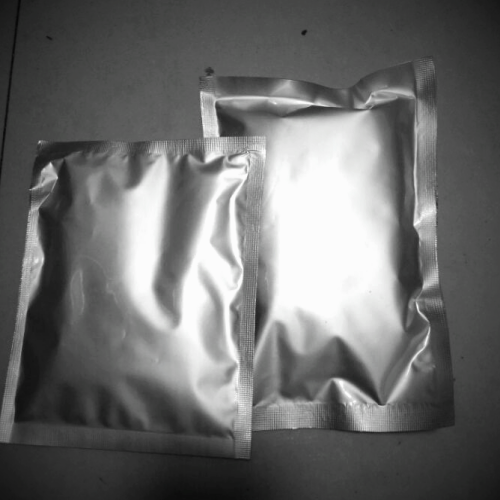Buy Isoniazid (isonicotinylhydrazide) Powder Raw antibiotic Drug For Tuberculosis Online CAS 54-85-3
Isoniazid Specification
Product Name: Isoniazid
CAS: 54-85-3
Standard: BP
Level: Pharmaceutical grade
Content: 99%
Appearance: white powder
Packing: 25KG/cardboard drum
Ingredients: 4-pyridinecarboxylic acid hydrazide. Calculated on dry products, containing C6H7N3O should be 98.0% ~ 102.0%
Physicochemical properties: colorless crystalline, white or almost white crystalline powder; odorless, bitter after taste sweet; case of light graded quality. This product is soluble in water, slightly soluble in ethanol, very slightly soluble in ether
Category: Pharmaceutical Raw Materials
Field: Anti-TB drugs
Deferred Products: Isoniazid Tablets
Application: It is mainly used for the development of various types of tuberculosis, dissolved dissemination period, absorption improvement period, can still be used for tuberculous meningitis and other extrapulmonary tuberculosis. Isoniazid is often used in combination with other anti-tuberculosis drugs to enhance efficacy and overcome drug-resistant bacteria. In addition, it also has a certain effect on dysentery, whooping cough, and hordeolum.
Dosage: Oral: Adults: Daily dose 1 to 5mg per kilogram of body weight or 300mg per day, divided into 3 or 1 serving, or 1 dose per kilogram of body weight 15mg (ie 0.6 to 0.8g), 2 times a week . For acute miliary tuberculosis or tuberculous meningitis, once 0.2-0.3g, 3 times a day. Bacterial dysentery: 1 200mg, 3 times a day, even for 3 to 7 days. Whooping cough: on the 1st of 10 to 15mg per kilogram of body weight, divided into 3 times. Stoma: 1 to 10 mg per kilogram of body weight on the 1st, divided into 3 times.
What is Isoniazid?
Isoniazid, also known as isonicotinylhydrazide (INH), is an antibiotic used for the treatment of tuberculosis.
For active tuberculosis it is often used together with rifampicin, pyrazinamide, and either streptomycin or ethambutol. For latent tuberculosis it is often used by itself. It may also be used for atypical types of mycobacteria, such as M. avium, M. kansasii, and M. xenopi.
It is usually taken by mouth but may be used by injection into muscle.
Isoniazid Certificate of Analysis
| Product name |
isoniazid |
| CAS No. |
54-85-3 |
Outer Packing |
25kg/DRUM |
| Production date |
Jan, 5th,2018 |
Shelf life |
Jan, 4th, 2023 |
| Standard adopted |
BP2016 |
| Items of analysis |
Specification |
Results |
| Description |
a white or almost white crystalline powder or colorless crystals |
complies |
| solubility |
freely soluble in water,sparingly soluble in alcohol |
complies |
| iden tification |
|
|
| A.Melting point |
170℃-174℃ |
171℃ |
| B.Infrared absorption spectrum |
should be concordant with IR spectrum of Isoniazid CRS/RS. |
complies |
| C.melting point of derivative |
226℃ to 231℃ |
N/A |
| appearance of solution |
A 5% w/v solution is clear and not more intensely colored than reference solution BY7 |
complies |
| pH |
the pH of a 5% w/v solution is 6.0-8.0 |
7.2 |
| hydrazine and related substances(by TLC) |
|
|
| hydrazine |
0.05% |
complies |
| total related substances(except hydrazine) |
0.20% |
complies |
| heavy metals |
not more than 10ppm Pb |
complies |
| loss on drying |
not more than 0.50% |
0.26% |
| sulphated ash |
not more than 0.10% |
0.03% |
| assay |
99.0%-101.0%(by titrimetry) |
99.9% |
| Conclusion |
Qualified |
Isoniazid Side Effects
Common side effect include increased blood levels of liver enzymes and numbness in the hands and feet. Serious side effects may include liver inflammation.

